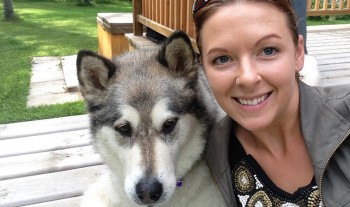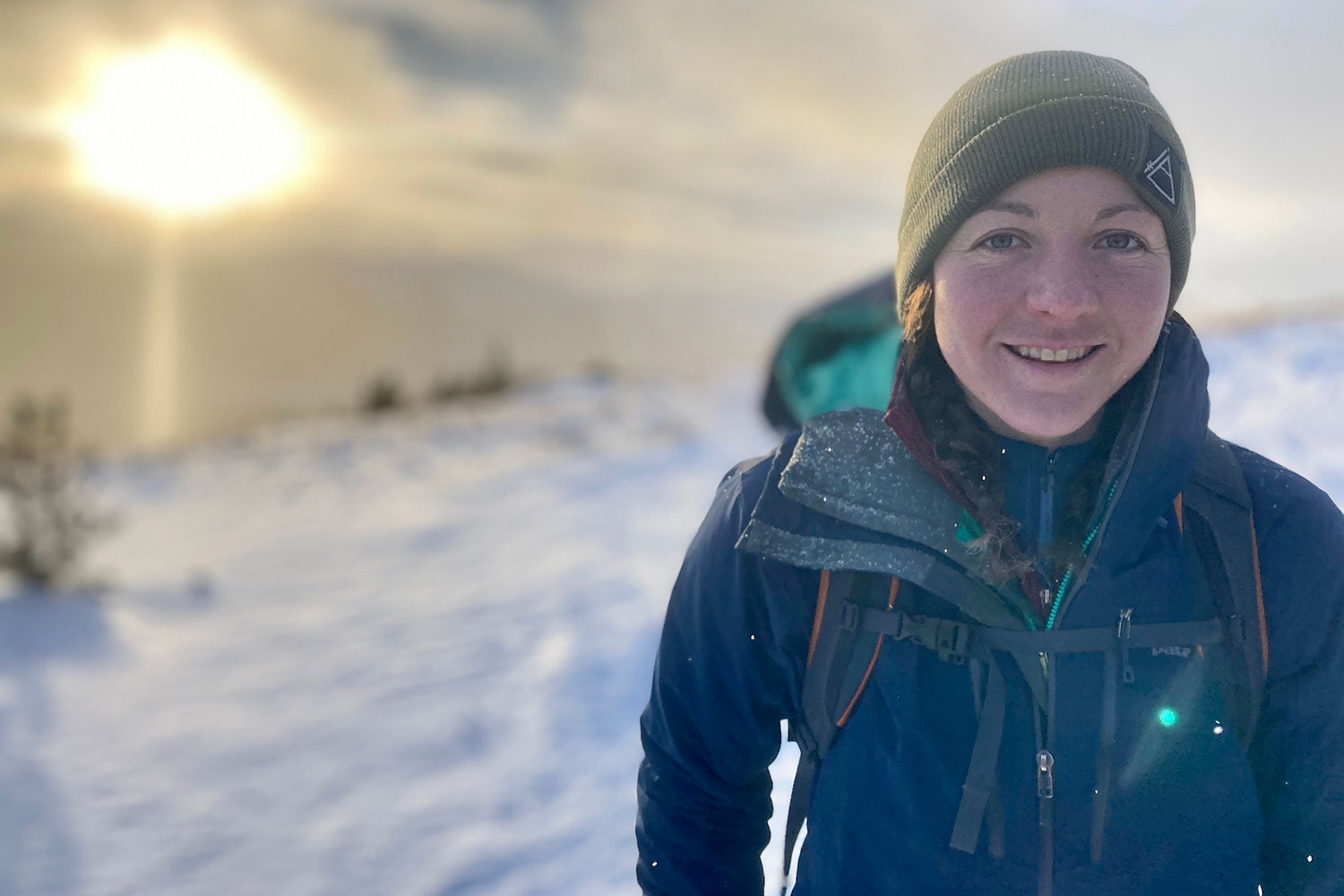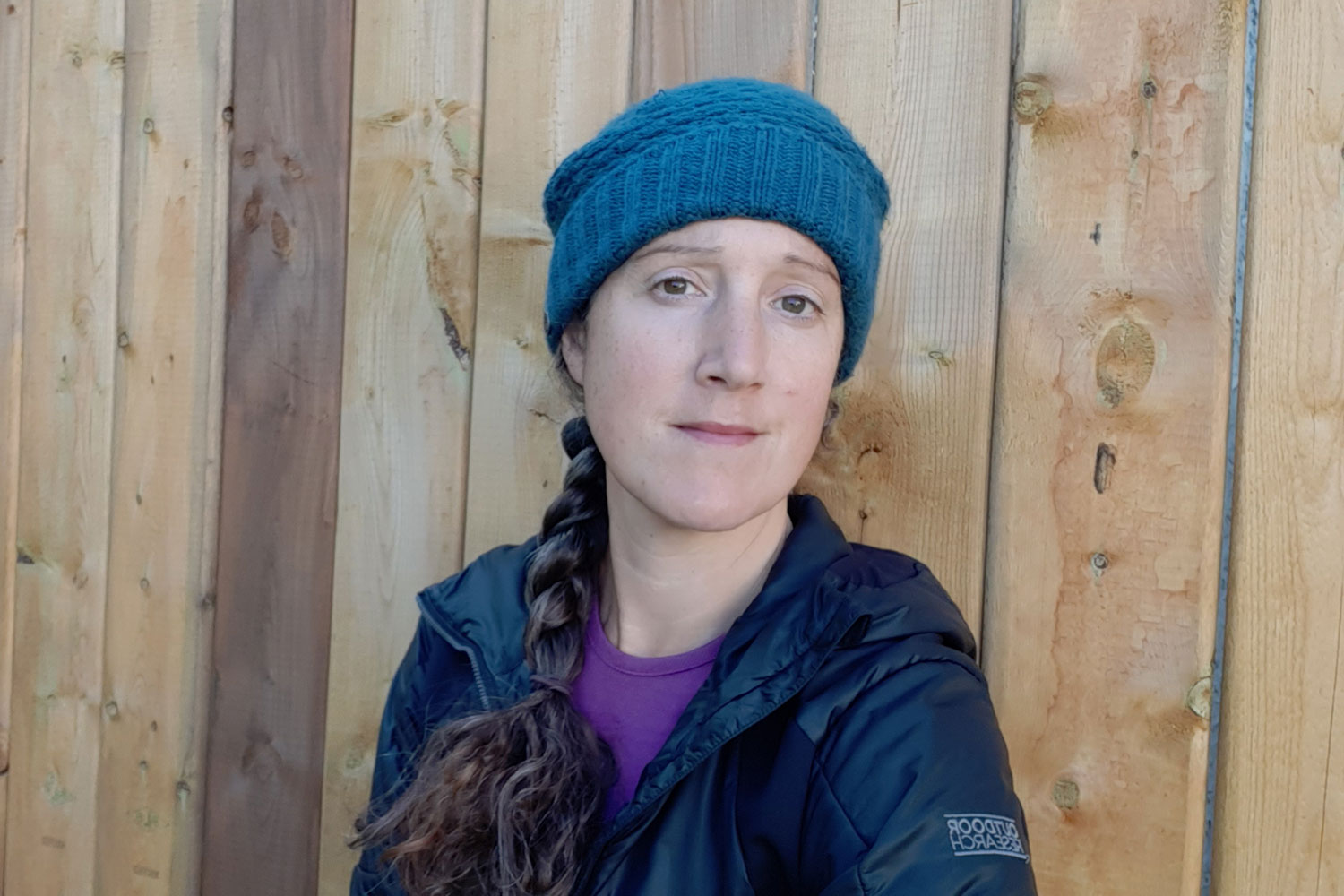
To celebrate the first ever UN International Day of Women and Girls in Science, we profiled 3 of the many brilliant women working at fRI Research.
Julie Duval, GIS Program Lead
How did you get into STEM?
I was always good in math and science. I like how logical it is. My parents got a Commodore Vic-20 computer where I started learning the programming language BASIC. I was about ten at the time. I figured out how to make a frowney face turn into a smiley face.
When I went to university, I was drawn to engineering. It’s really practical and problem-based. The University of New Brunswick had just come out with a professional engineering degree. That’s where I discovered GIS. Just from a couple courses I thought, “Oh this is really fun!” I’ve always enjoyed geography and you’re dealing with real concrete things.
I moved to B.C., but I couldn’t find a job in engineering, so I decided to enroll in GIS at the British Columbia Institute of Technology. I was recruited by fRI Research straight from college and haven’t looked back.
What do you do?
At the time the Grizzly Bear Program was just taking off, so right off the bat I was supporting Gord Stenhouse by programming GPS bear collars and helping with their databases.
It was really cool. In the early days the collars were very finicky. I rode along in the helicopters when they went out to collar bears. When a collar wasn’t working I would have to plug it into my laptop and reprogram it on the spot before the bear woke up.
It’s interesting working here. It’s so diverse. So many programs. You get to do many different projects. Every day is different. We aren’t just “map jockeys” making the same thing over and over. And who doesn’t love grizzlies!
I’m still meeting interesting challenges. I’ve been the architect of an absolutely enormous database where anyone can go in and quickly query out information. It’s a really great tool that I’m proud of, and it’s a nice legacy for me.
Sarah Milligan, Wildlife Research Biologist, Grizzly Bear Program

What drew you to science in the first place?
I am fortunate to have a great family who spent a lot of time together enjoying outdoor activities. I think this nurtured my love of the natural world, which developed into an interest in natural sciences. The potential to improve the natural world around me by answering “real world” problems (e.g. land use planning, species recovery, etc.) is what drew me to applied science and research.
What do you like about it?
I like the scientific method! I like asking questions, formulating hypothesis, gathering data, and trying to find solutions. When it comes to gathering data, I love that my work takes me outdoors to some of the most beautiful places. And I am always fascinated by wildlife biology regardless of what species it is!
How did you get where you are?
I completed a BSc and MSc in Conservation Biology at the University of Alberta. I’ve also held various summer research assistant positions and an NSERC internship that were extremely valuable in improving my skill set and getting me to where I am today.
What’s it like being a practicing biologist?
It can be physically and mentally challenging as it often feels like there are more questions than time (or money) to answer them. But the fact that there is always more to learn is addicting! Its rewarding too when you can answer a question, share your results with others, and have your results applied to real world challenges.
What’s the most exciting part for you?
That’s tough! Field work is the most fun but completing a project and publishing the results are the ultimate triumph.
Karen Graham, Biologist, Grizzly Bear Program
How did you get into STEM?
I knew when I was a little girl—as soon as I could think about it. I was not encouraged to become a biologist, I have to say, but that was all I could imagine doing so I stuck with it.
The natural world just grabbed me! I liked animals. I liked being outside. I was interested in learning about how it all worked. When I was really young, maybe six or seven, I’d get up early and watch the birds feeding on the lawn. I loved to watch and try to figure out which one was the “boss” bird.
In high school I had good marks in biology, chemistry and math. At university I went into general biology and it was hard! I struggled. It was a bit of a slap in the face because in high school it was easy to get good marks. But I loved working outside and I knew I wanted to do ecology.
Through luck and being a good worker, I landed my first real biology job. I monitored pest populations in an apple orchard and let farmers know the optimal time to spray to reduce the amount of pesticides used.
This job happened to be close to the Long Point Bird Observatory in southern Ontario. I popped in there a couple times. They would train you to catch and band birds. I got to handle these birds in my hands and I thought, “This is incredible. I have to do this.”
So I was banding owls at night and working during the day in the apple orchards. I ended up working for three years at the Bird Observatory. While there, I applied for a song bird survey job in Hinton, Alberta. Because I was coming from the Bird Observatory, they figured I was this awesome birder. I had to do some serious bird song cramming sessions where I spent a couple months just learning my bird songs better.
How did you start with fRI Research?
At the time they were putting together this thing called the Model Forest [this would eventually become fRI Research]. I was asked if I was interested in doing a Master’s degree. I said yes, but I wanted to do something on amphibians. There happened to be money for a salamander project. So I did my Master’s on long-toed salamanders around Hinton Alberta.
There’s so much we don’t know about them and amphibians are in trouble. We often don’t know why. I really think more work needs to be done on amphibian conservation. At the start of my Master’s, there were only anecdotal sightings of salamanders around Hinton. They’re easy to overlook. It turned out there were hundreds in the area. After my Master’s I was lucky to get work that involved fun things like small mammal work, caribou tracking, goat surveys, bird surveys, and general wildlife surveys—a bunch of stuff. Eventually I was hired on to help with the grizzly bear recovery plan in 2003 and then hired to help with the fRI Grizzly Bear Program.
What advice do you have to up-and-coming biologists?
Work hard and be reasonable. In fieldwork, you’re working with the same people day in and day out. If you’re not fun, then you’re not going to be asked back. You need to find that line between being fun and still have integrity.
I would recommend a biology career to anyone who feels like they want to be outside and wants to make a difference. It’s a great career.
Don’t sweat it if you didn’t take every course in school. You can learn things as you go. If you’re the kind of person who would take your day off to sit in a meadow and learn flowers, then you’re probably going to be a great field biologist.








